For days now, the war between Russia and Ukraine has caught the world's attention. This war, the most powerful and largest in recent years, has complex causes, extensive involvement, great significance and far-reaching impact. It can be said that it is closely related to the future life of almost everyone.
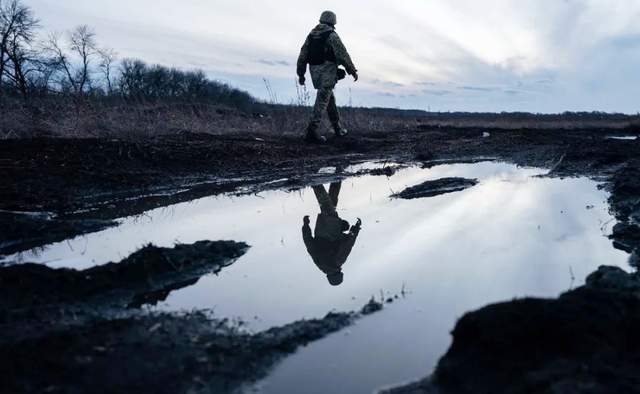
The grievances between Russia and Ukraine have a long history, from the entanglement between the Soviet Union and Ukraine a hundred years ago, to the war between the Soviet Union and Germany in Ukraine during World War II, and then to the current Russian-Ukrainian conflict. There are many frictions, and board games have faithfully recorded those historical events.
Friction during the Russian Revolution
In 1917, the outbreak of the February Revolution in Russia overthrew the Romanov dynasty, and two regimes, the Provisional Government and the Soviet Government, emerged in Russia.
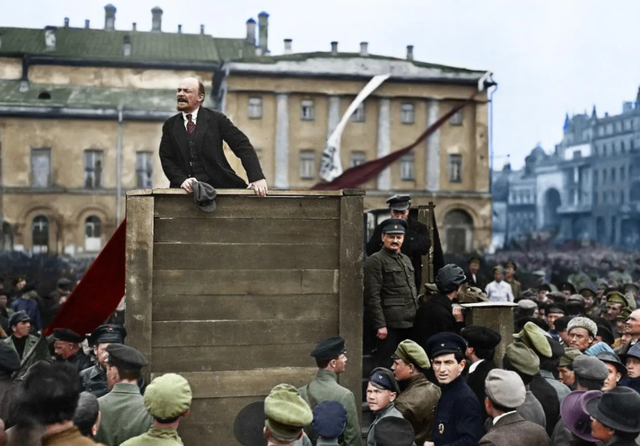
At the same time, the situation in Ukraine, which was freed from the tsarist rule, is even more chaotic. The major factional regimes occupy various regions of Ukraine, and no one obeys each other. Among them, the nationalist organization "Central Rada" has received support from many people.
After the outbreak of the October Revolution in Russia, the Soviet government took power. The Central Rada did not recognize this government, but established the "Ukrainian People's Republic" in Kyiv.

Later, the Bolsheviks in Ukraine also established the "Ukrainian Soviet People's Republic", and a conflict broke out between the two. With the support of the Soviet-Russian Red Army, the war began.
The situation after that was more chaotic, with Germany, Poland, etc. all involved, including being affected by the results of World War I. In short, after various disputes and negotiations, when the Soviet Union was established in 1922, Eastern Ukraine joined the Soviet Union, and Western Ukraine became the territory of Poland.

The board games related to this history did not focus on the war between Su and Wu, but on a more macro level to allow players to experience the chaotic situation between several countries at that time.
For example, the board game "Russia 1917" focuses on the war between the nascent Soviet-Russian regime and various forces at home and abroad from 1918 to 1922, which naturally also includes the conflict with the Ukrainian Central Rada regime.
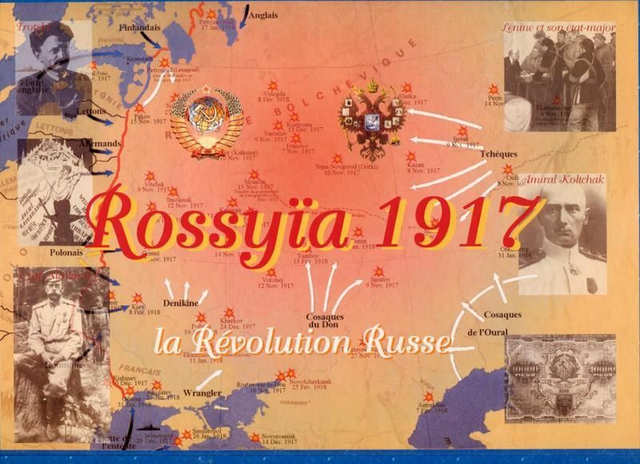
As a war game, "Russia 1917" is very heavy. Its territory covers the territory from the Polish border to Siberia, and there are many factions and forces at home and abroad, each with different military and political characteristics.
For example, Ukrainians have a wide range of activities, but when Kyiv is captured, they will be subject to many restrictions.
Each round, players take turns to control their units to act, move and fight on the territory, and can also perform some political actions. The settlement rules combined with maps and factions are very complicated and fit the historical facts.
Of course, war is only a means, and the final victory will be determined by the political score.
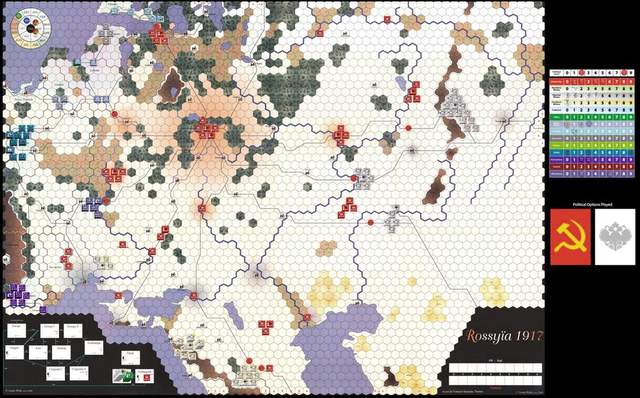
The two-player board game "Dual Power: The Revolution of 1917" is taken from the background of the simultaneous existence of the Russian Provisional Government and the Soviet Government after the February Revolution
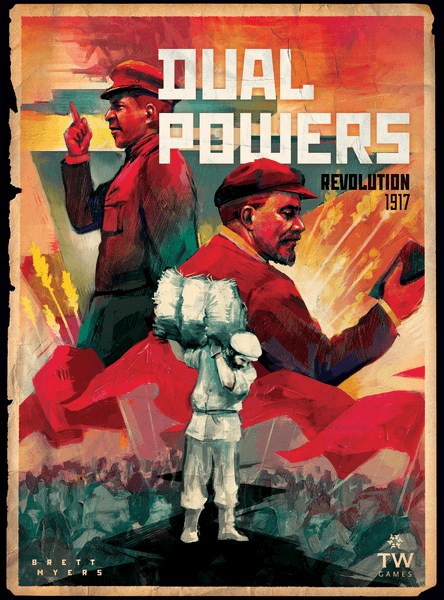
The two sides need to gain more supporters and win the control of Russia through various political means, public opinion influence and military conflict. For example, the Soviet government's initial support for Ukraine's "Central Rada" was mainly aimed at confronting the interim government.
Each round of the game is divided into five stages: draw cards → put a card in the hand into the secret target area → play a card to perform an action → settle the score → clear the settings.

Players should try their best to move in and out of the six regions to gain more public support. When a player gets enough points first to win, or the game date reaches the time when the "October Revolution" occurs, the game ends, and the side with the highest score wins.
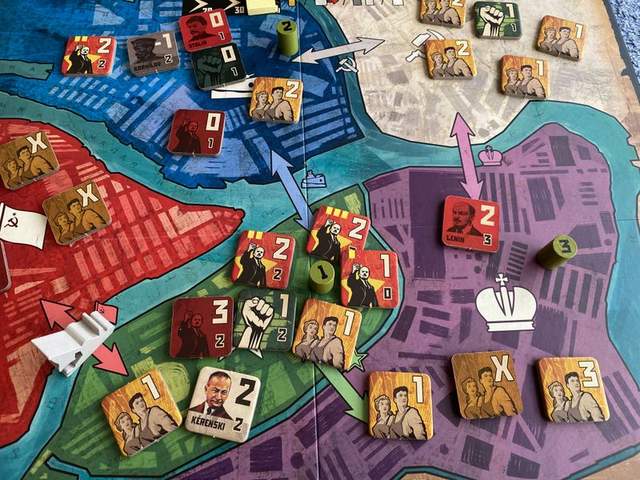
The elements of the game are rich, with at least 8 cards in hand and 4 actions per round, as well as the determination of the secret target area, which gives players full choice, but the overall difficulty is not high, and the various rules are relatively easy to understand. At the same time, the existence of the historical information card also allows players to get more understanding of the history at that time.

The board game "SEMPER FIDELIS: BTTWAOLWOW 1918-1919" is also based on this history, but the two sides of the battle are no longer Soviet Russia and Ukraine, but the confrontation between Poland and the Ukrainian People's Republic.

In 1918, Poland was restored, and Ukraine also established the "Ukrainian People's Republic" under the leadership of the "Central Rada". Both have residents in Eastern Galicia, and a war broke out for the sovereignty of the place. What played a key role was the Battle of Lemberg, which took 6 months to snatch the important town of Lemberg, and Poland was the final winner.
In this two-player strategy board game, both sides of the battle lead their own combat units through the allocation of action points on the cards, including mobilizing new soldiers, building fortifications, collecting various items, spreading propaganda and creating public opinion, and helping civilians And negotiating alliances with neutral forces...etc.
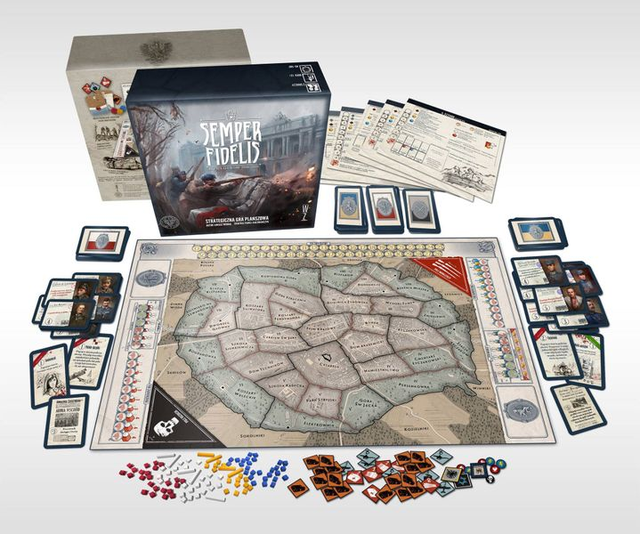
Players need to occupy important locations as much as possible, defeat enemy troops, form alliances with neutral forces, and keep troops high morale, all of which can earn victory points, and the team with the higher victory points wins.
The game does not allow players to fight from the beginning of the battle to the end, but builds five scenarios for players to play based on different stages of the battle in history. The play strategy of each scene is different, which greatly enriches the playability of the game.
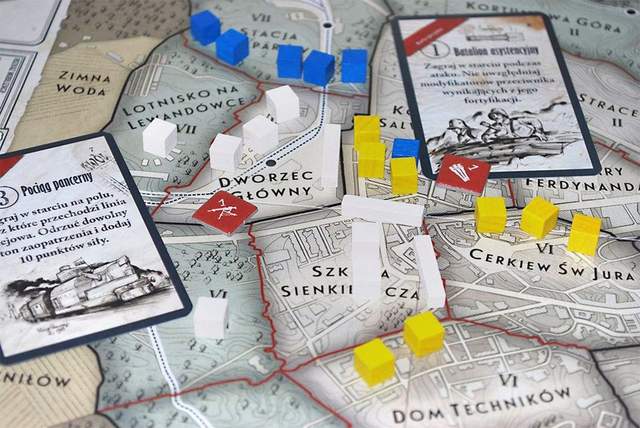
"Barbarossa: Kyiv to Rostov, 1941" is a war simulation game launched by the board game maker GMT. Set against the backdrop of the Battle of Kyiv and subsequent German attacks on Kharkov and Rostov.

This is a two-player board game where one side plays the German army and the other the Soviet army. The scale of the battle is very large, including not only 4 large combat maps, but also various combat units such as heavy artillery, armored vehicles, assault guns, engineers, and militia that appear in the real battle, which are all reflected in the game with different attributes.

Various combat mechanisms are also readily available, including long-range strikes, close support, retreat and garrison, fortifications, special supplies, effects of weather and terrain traffic, etc., which are very strategic.
Armies and supply resources are limited. Players need to balance offense and defense in each area on the map, and make reasonable plans to win.
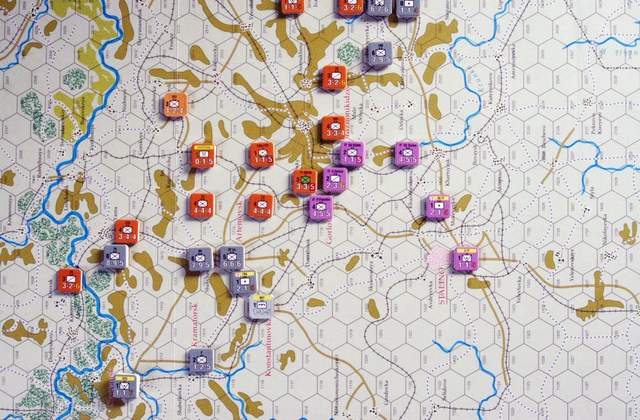
"Ukraine 1943" is based on the campaign for the liberation of Ukraine from August to December 1943. After the turning point of the Battle of Stalingrad, the Soviet Union took the strategic initiative and started a counter-offensive from 1943 to regain its territory.
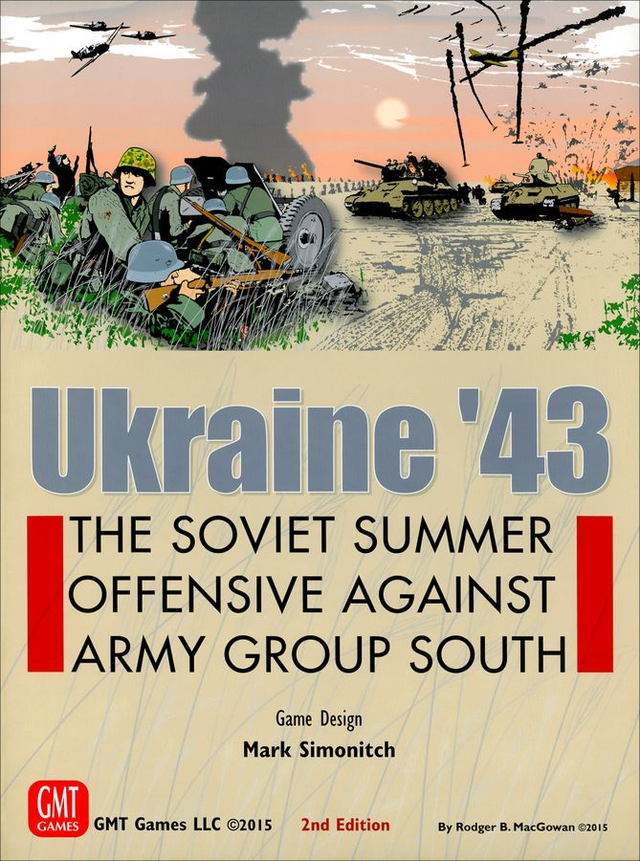
In addition to the regular movement and combat operations of war chess games, this board game also adds ZOC, the rules of war chess control area. The difference in the capabilities of the generals and combat units on both sides constitutes a differentiated experience.
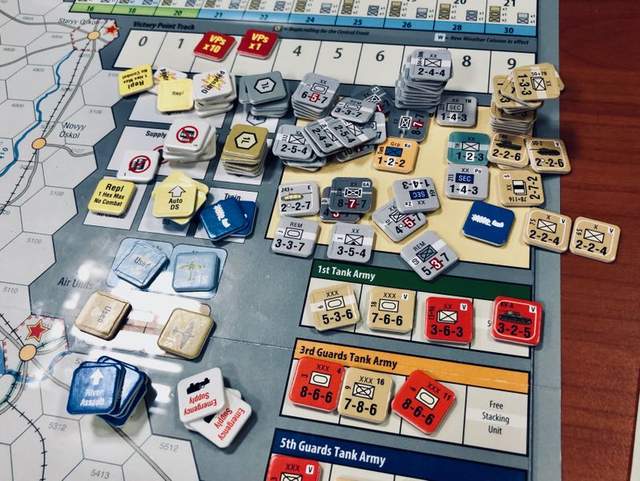
In terms of various rules, the game is also designed based on historical facts and territory, and it is among the best in war board games.

Russia-Ukraine conflict in the 21st century
When it comes to the current Russia-Ukraine war, its historical origins are quite deep. Relations between the two countries have been delicate since the collapse of the Soviet Union.
The main reason is that Ukraine is divided into two factions - the pro-Russian Eastern Ukraine and the pro-European Western Ukraine. With the support of their respective forces behind them, the two sides have been fighting infighting politically.
Especially in February 2014, Kyiv erupted against the pro-Russian faction Yanukovych of the then Ukrainian president. Russia also acted in the same year, facilitating the rejoining of the Crimea region, which was allocated to Ukraine after the disintegration of the Soviet Union, into the Russian Federation.

The "Ukraine Crisis" event is undoubtedly an important reason for the current Russian-Ukrainian war.
The two-player board game Ukrainian Crisis allows players to respond to these events from the perspective of Russia and Ukraine.

The game uses a gameplay similar to war chess, with Russia starting with units in Crimea and Sevastopol, while Ukraine starts with placing units in Kyiv.
During the game, both sides can send additional units and resources to the map to fight with the help of dice. At the same time, factors such as media influence, international prestige, and diplomatic interference must also be taken into account. The addition of some special event cards will also affect the battle situation. In addition, both sides will set a secret objective, which will earn additional victory points when completed.

No one dares to jump to conclusions about the outcome of the Russia-Ukraine War. Perhaps after the war has completely subsided, there will be a board game where players will decide the trend of the war.

Facebook:@czyy.me
E-mail:service@czyy.me
